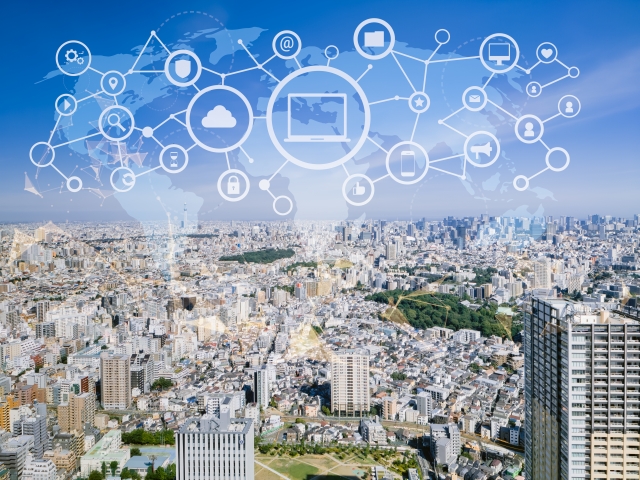Carrier pigeon

At the time of the Great East Japan Earthquake, all communication systems in Tokyo stopped.
Both the internet and the phone.
It probably took about a week for full recovery.
Tokyo is where all of the nation’s communications are concentrated, so it exceeds its capacity.
Email was also restored from the Sea of Japan side.
After passing through Niigata, Shimane, and Shizuoka, it finally connected to Tokyo.
We don’t know why antennas across the country are broken, disconnected, or have excess capacity, but like the road network, detours should be provided.
Nowadays, we may be relying too much on the internet and cell phones.
So what should you prepare?
Hoping for rescuers from the sky, smoke bombs were fired.
The red balloon that was on the roof of the department store is no longer visible.
It’s a large balloon.
There are also balloons for one person.
A long time ago, at an event in Niigata, a hot air balloon was raised and I even rode on it.
Ibaraki still holds major events every year.
For short-range communication, hand flag signals are used.
A sailor on a ship waves a white and red flag.
Is it still used by the Japan Maritime Self-Defense Force?
Citizen band radio used by trucks.
Citizen band, CQ, and ham radio capable of long-distance communication.
There’s one more thing.
It’s a carrier pigeon.
Lately, I haven’t seen anyone keeping pigeons.
In fact, pigeons carry infectious disease-causing germs.
Migratory birds are medically dangerous.
When Yasunari tried to feed pigeons on the roof of the hospital, his father, the hospital director, warned him and taught him a lesson.
That’s not why he started keeping bees, though.
Pulse oximeter 98/98/98
Body temperature 36.4 Blood sugar 168
Carry the baton
CEO Yasunari Koyama
